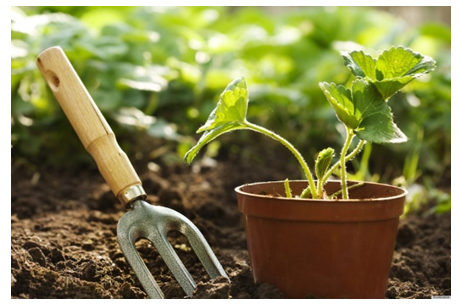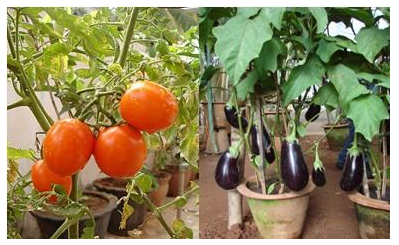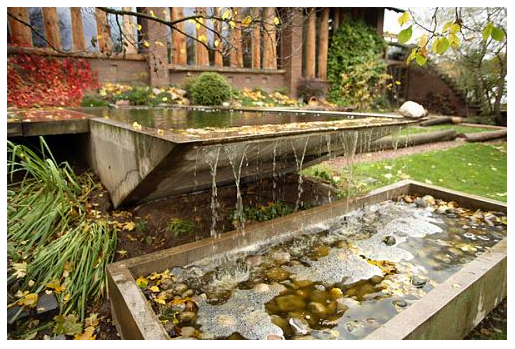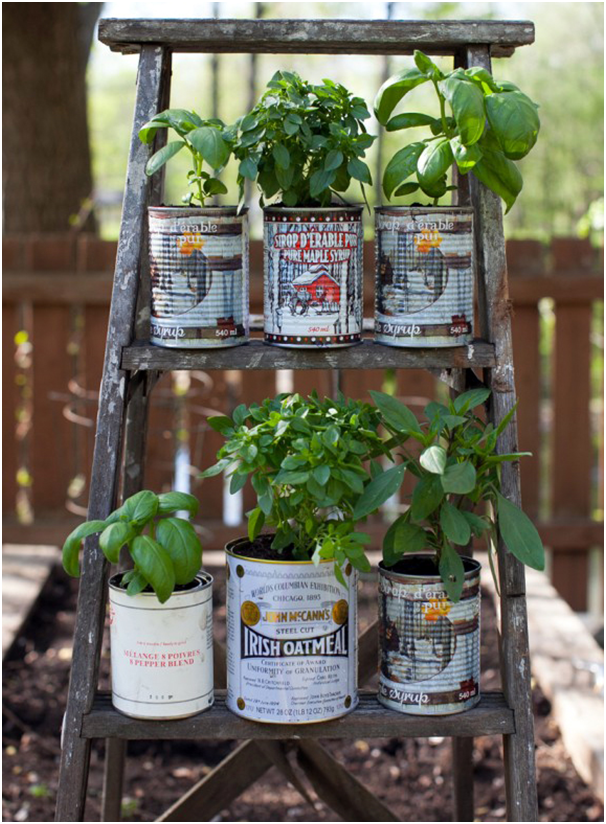Lavish weddings can have a significant impact on a country’s economy in various ways, both positive and negative. Here’s a detailed analysis of these impacts:

Positive Impacts
- Boost to Local Businesses:
- Hospitality Industry: Hotels, resorts, and venues benefit from bookings for ceremonies, receptions, and accommodation for guests.
- Catering Services: High demand for food and beverage services can boost local catering businesses.
- Event Planning: Wedding planners and event coordinators see increased business, often leading to higher employment rates.
- Florists and Decorators: High demand for flowers, decorations, and event styling services.
- Job Creation:
- Temporary Employment: Lavish weddings often require a large workforce for setup, service, and cleanup, creating temporary jobs.
- Long-term Employment: Sustained demand for wedding-related services can lead to permanent job creation in various sectors.
- Retail Sales:
- Clothing and Accessories: Increased sales of wedding attire, jewelry, and accessories.
- Gifts and Registry Items: Boost in sales of gift items and registry products.
- Tourism:
- Destination Weddings: Couples opting for destination weddings contribute to local tourism, increasing revenue for travel agencies, airlines, and local attractions.
- Cultural Tourism: Guests often explore local attractions, dine at restaurants, and engage in cultural activities, further stimulating the economy.
- Tax Revenue:
- Sales Taxes: Increased spending on weddings leads to higher sales tax revenue for the government.
- Business Taxes: Businesses involved in the wedding industry contribute to corporate tax revenue.

Negative Impacts
- Economic Disparity:
- Social Pressure: The trend of lavish weddings can create social pressure to spend beyond one’s means, leading to financial strain on families.
- Economic Inequality: Visible displays of wealth can exacerbate feelings of economic inequality among different segments of society.
- Resource Allocation:
- Opportunity Cost: Money spent on extravagant weddings could potentially be invested in more productive areas such as education, healthcare, or savings.
- Environmental Impact: Large-scale events can lead to significant waste generation and environmental degradation, which may require public funds for cleanup and mitigation.
- Inflation:
- Price Hikes: Increased demand for wedding-related goods and services can drive up prices, affecting affordability for everyday consumers.
- Real Estate: High demand for premium wedding venues can lead to increased property prices in popular locations.
Case Studies and Examples
- India: In India, the wedding industry is estimated to be worth billions of dollars annually. Lavish weddings often involve multiple days of celebrations, intricate decorations, high-end catering, and large guest lists, significantly boosting local economies.
- United States: The average cost of weddings in the US has steadily increased, driving growth in the wedding industry. Destination weddings contribute to local economies in popular wedding destinations such as Hawaii, Las Vegas, and Napa Valley.

Conclusion
While lavish weddings can stimulate economic growth and provide a boost to various industries, they also have the potential to exacerbate social and economic inequalities and lead to resource misallocation. Balancing the economic benefits with the potential drawbacks is essential for ensuring that the impact of such events is positive and sustainable for the economy and society as a whole.









